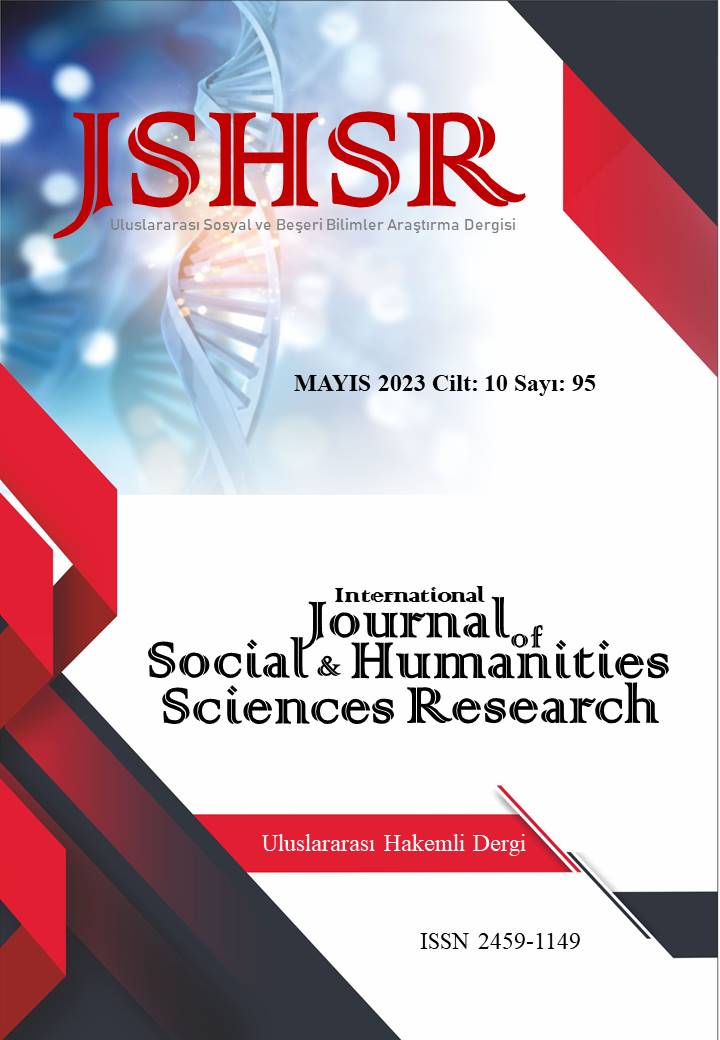EXAMINATION OF STRESS AND THE CONCEPT OF COATING WITH STRESS IN EDUCATIONAL INSTITUTIONS AND EDUCATORS
DOI:
https://doi.org/10.26450/jshsr.3658Keywords:
Education, Educational Institutions, Stress, Coping with Stress, TeachingAbstract
Education includes many components in its structure, including students, parents and educators. However, as all these components are affected by various factors, one of these factors is stress. The word stress refers to the psychological and physiological positive and negative effects of the individual and a situation that negatively affects our daily life quality. Stress affects people's lives psychologically and physiologically, impairs their quality of life, causes different behaviors and various health problems. In conclusion, stress is a psychological and physiological response that a person gives when faced with a challenging, threatening, or demanding situation. The concept of coping with stress can be expressed as behavioral and cognitive efforts to overcome stress during the individual's internal and external emotional changes in stressful situations.
In this study, the concepts related to the concepts of stress and coping with stress in educational institutions and educators were examined in the studies carried out in the literature. According to the results of the research, it is understood that the stresses faced by educators in educational institutions can be quite effective and it is important to cope with stress. In addition, it is thought that it is necessary to conduct studies that will involve more participants (trainers) and practices in order to determine the stress levels in the training and which methods are effective in coping with stress.
Downloads
Published
How to Cite
Issue
Section
License
Copyright (c) 2023 INTERNATIONAL JOURNAL OF SOCIAL HUMANITIES SCIENCES RESEARCH

This work is licensed under a Creative Commons Attribution 4.0 International License.


